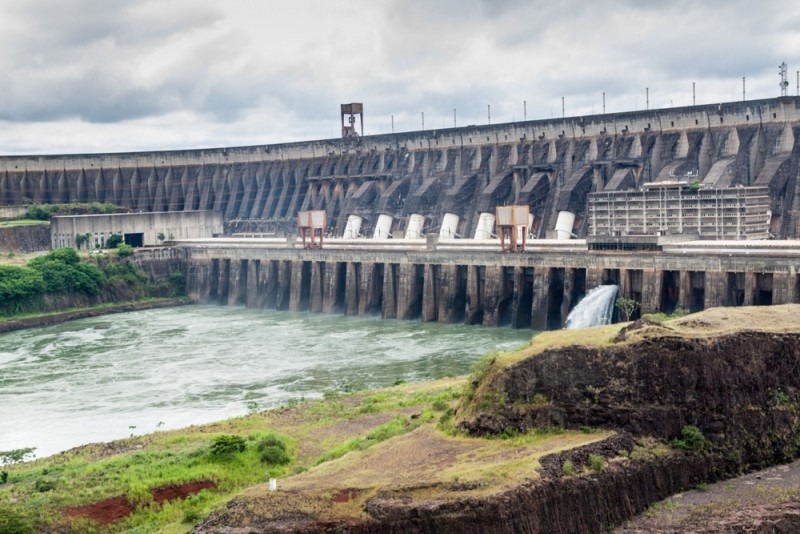EIA reports the world’s nine largest operational power plants are hydroelectric

The U.S. Energy Information Administration said in a recent report that an estimated 62,500 power plants operating around the world in 2015 had a total installed generating capacity of 6,075 gigawatts (GW), up from a total 5.869 GW in 2014.
The nine largest operating power plants in the world are hydroelectric facilities, and both China and Brazil currently have massive hydroelectric plants under construction.
Four of the world’s ten largest power plant are located in China, all of which began operation within the past 13 years. Three Gorges, the world’s largest dam, is located along the Yangtze River and generates a capacity of approximately 22.5 GW. Overall, hydroelectric power provided approximately 20 percent of China’s total generation in 2015.
South America contains three of the world’s largest power plants. Brazil’s Itaipu Dam has a capacity of approximately 14 GW and is the second-largest power plant in terms of capacity. The Itaipu Dam is ranked first in generation, and produced approximately 89.5 billion kilowatt-hours (kWh) in 2015. Differences in seasonal flows of the rivers beside various facilities account for the differences in energy output.
The Japanese Kashiwazaki-Kariwa nuclear facility was shut down in 2011 and has not submitted a restart application, despite being the largest nuclear plant in the world. As a result of the Fukushima accident, many Japanese nuclear plants were shut down. It is the sixth largest of any type of power plant in the world.
The Grand Coulee Dam is the largest dam in the United States and is ranked seventh in the world.
The Sayano-Shushenskaya Dam in Russia ranks as the 10th largest power plant in the world, and is the largest in Russia. Sayano-Shushenskaya Dam generates a capacity of approximately 6.4 GW, with hydroelectric power generating approximately 21 percent of Russian electricity.
